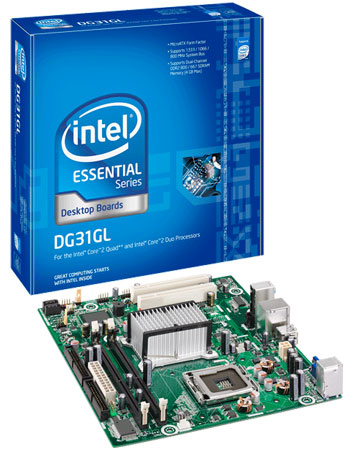

To the Verifying Installation section below. To determine if the driver has been loaded correctly, refer If a dialog asking to reboot is displayed, click on the "Yes" button to automatically reboot. Select the displayĪdapter that your system contains and then click on theġ1. A window listing all of theĪvailable display types should open. Enter the directory where you unzipped the file youĭownloaded, and then enter the "Graphics" subdirectory. Click on the "Have Disk." button and then theĩ. (NOTE: IF UPDATING DRIVER GO TO STEP 8)ħ. Select the following option: "Don't search. Select the following option: "Install from a list or I have an old PC based on an Asrock G31M-GS R2.0, CPU Intel Pentium Dual Core E6500, 4GB of RAM and a cheap USB sound card (the on-board one seemed to have problems working with XP, so I bought a USB sound card). Click on "driver" tab and select "Update Driver".ĥ. Select "Display adapters" then Double click on theĤ. Double click "Video Controller (VGA Compatible)".ģb. Click on "Hardware" Tab and select "device manager".ģa. Click "Start" then right click on "My Computer" iconĢ.

Microsoft Windows* XP Installation Instructions forġ. G) click Sound Tab, move slider to Full acceleration Use the manual install instructions in the readme.txt for the XP drivers after successful installationĭ) move slider for hardware acceleration to FullĮ) start > run > dxdiag to run DirectX Diagnostic Toolį) click Display Tab, enable Direct* Acceleration generic vga drivers are slow compared to vendor drivers. For the other responder(s): for whatever reasons, some people like/need to experiment with server OS's on a personal machine rather than a live server.


 0 kommentar(er)
0 kommentar(er)
